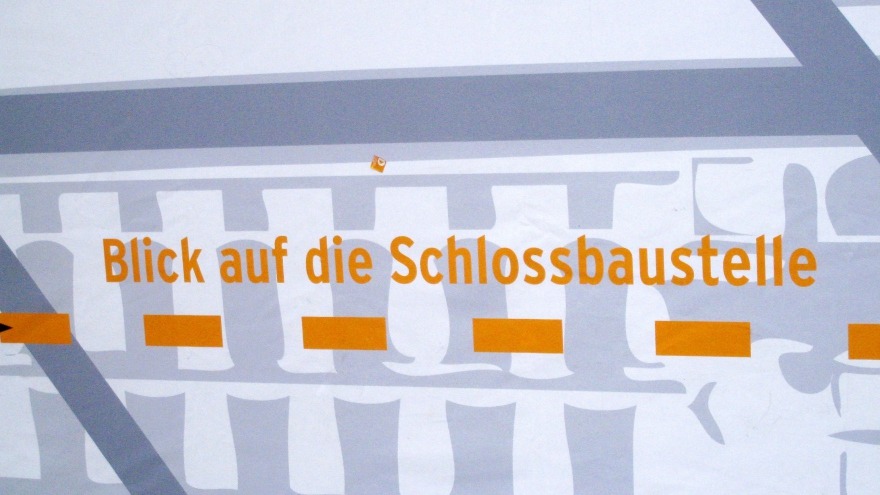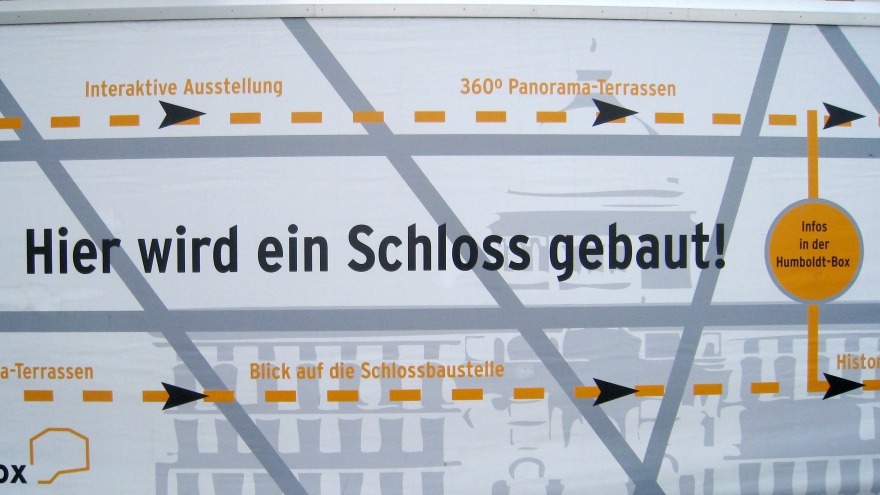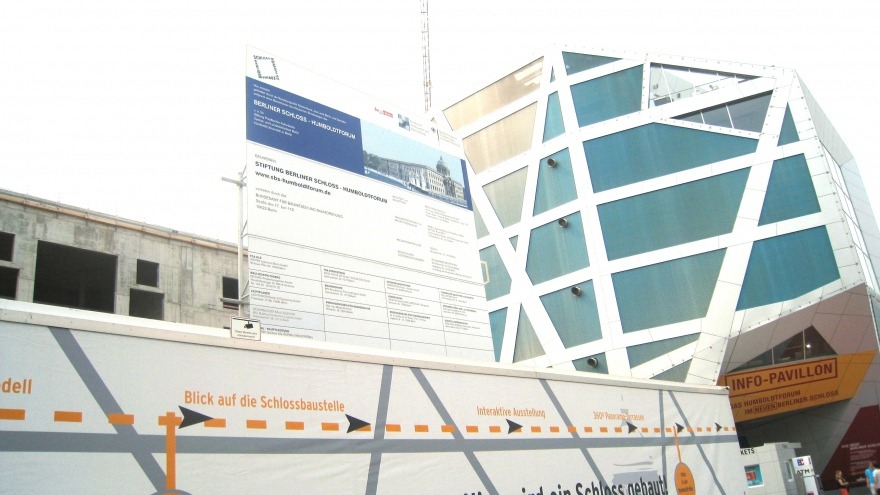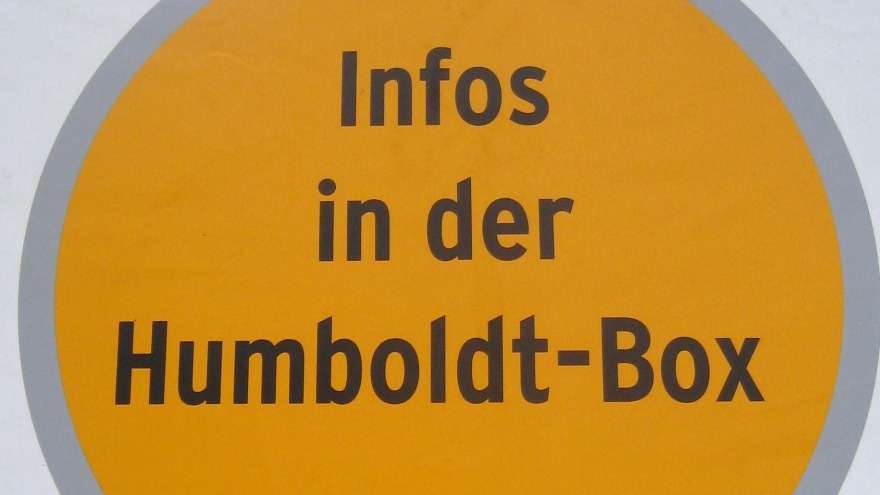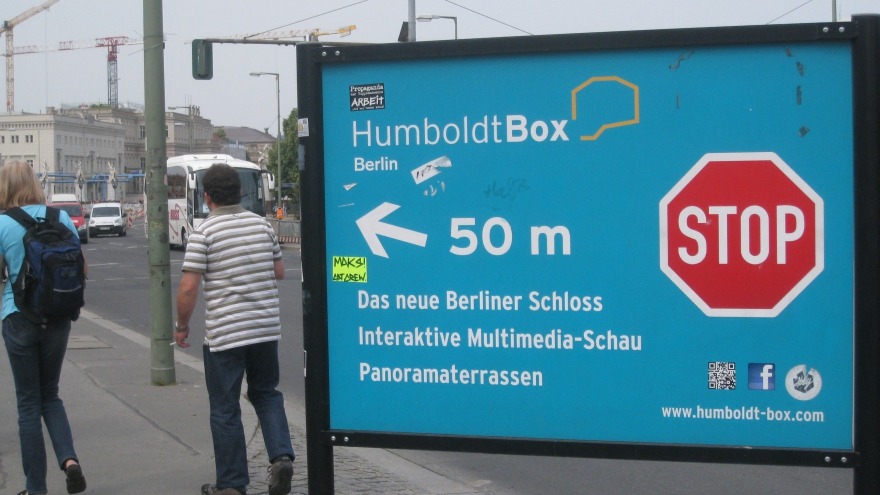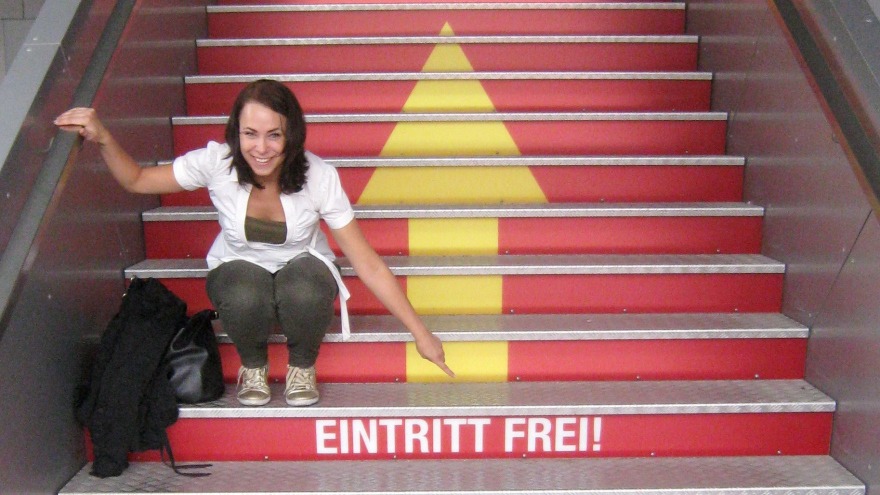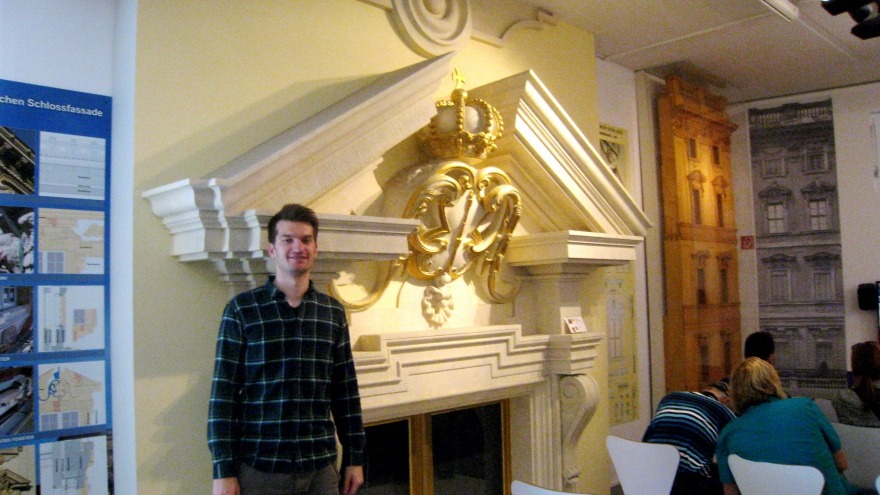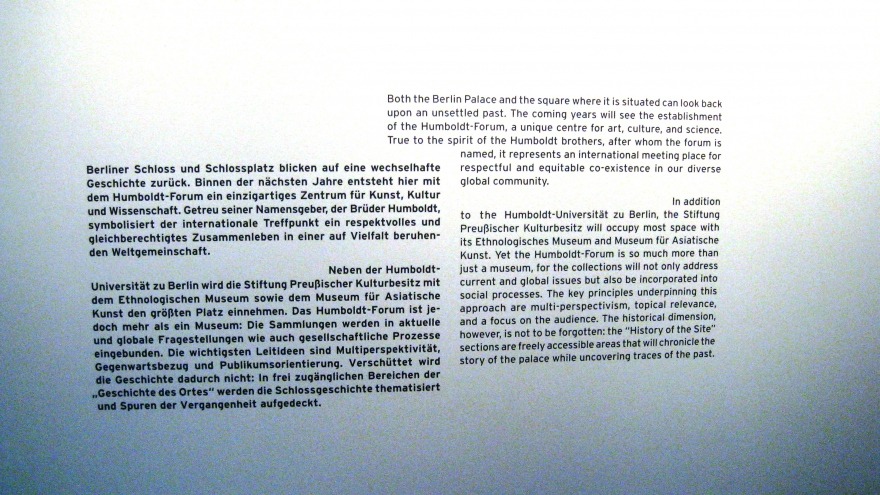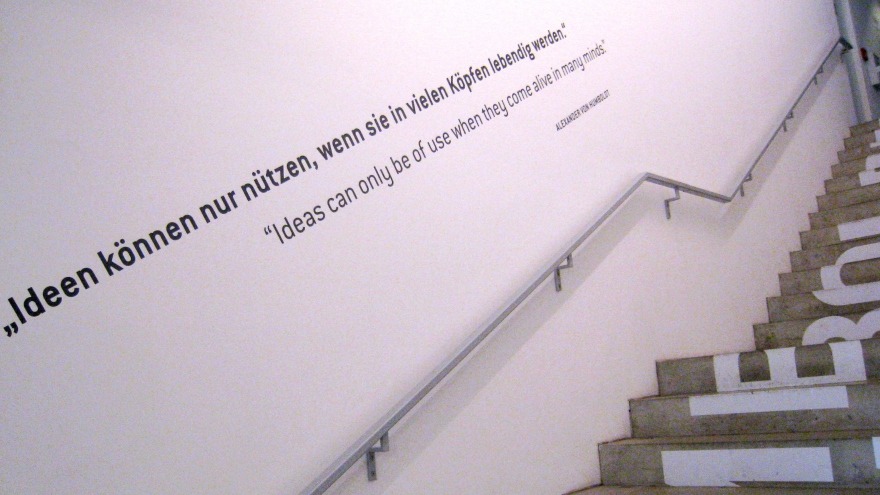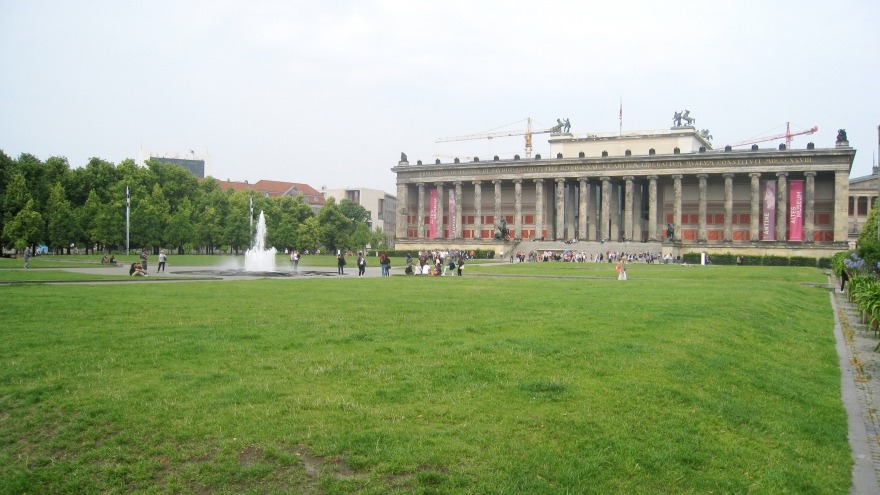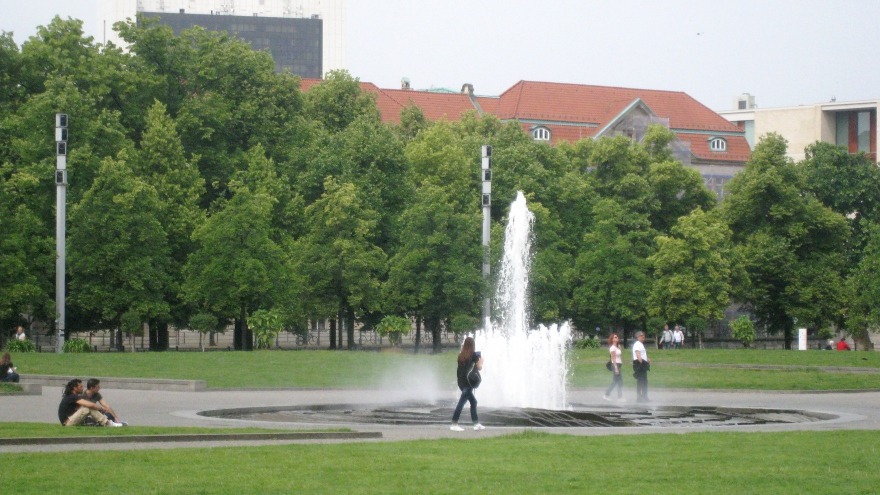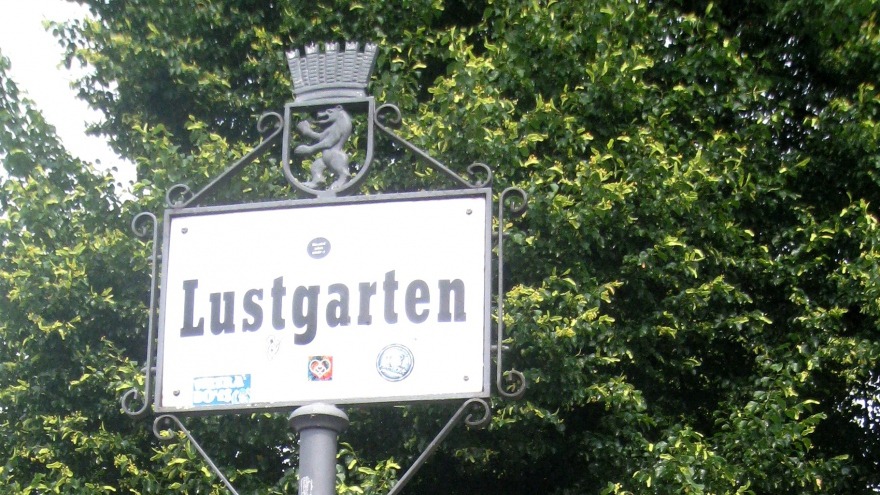The Berlin City Palace
From Burg "Eisenzahn” (iron tooth) to Renaissance Palace
In 1443 the Hohenzoller Frederick II "Irontooth" laid the foundations of the first fort ever erected in Berlin in a section of swampy wasteland north of Cölln. After that the Erasmus Chapel in the Gothic style was built. In 1538, the Margrave Joachim II demolished the palace and built a new and grander building in Italian Renaissance style, which served not only as a principal residence of the Hohenzollern family, but become the center of social life. Johann Georg expanded in 1571 the area around the "Ratsstuben" and an own palace pharmacy.
The Berlin Palace after the 30 Years War
After the war in 1648, Frederick William, lord of the castle, had to restore and repair many parts of the palace. At the same time he extended the palace and added the Brunswick Gallery and the ball and bridal chamber. Although he did not have his principal residence in Berlin, he strove to strengthen the central location of the palace. As a result well-developed roads were built leading directly to the castle - one of which is today's Boulevard "Unter den Linden". Also the next ruler, Frederick II., started new grand projects such as Chalottenburg Palace, which was dedicated to his wife Sophie Charlotte.
Baroque elements and the first "real" king
1699 the newly appointed master builder Andreas Schlüter set out to give the palace with baroque elements a new charm: King Frederick William moved into the palace. The king was very economical and thus its structural effect was limited for the time being on completing the Eosander portals. As "August the Strong", King of Saxony and Poland, announced his visit, the castle got the new "Polish chambers". During the time he stayed in Berlin, he used these chambers. When Frederick II. took over power in 1740, he moved to Potsdam and only used the Berlin City Palace for large events. Eventually his son wanted to move back to the center of Berlin, so he added the "King chambers". When he gazed out the window, he was missing something grand, so he decided to build the Brandenburg Gate in 1788.
Kings and emperors live in the palace
The Berlin Palace was to get a new face in 1797. Friedrich Wilhelm IV. shared a deep friendship with architect Karl Friedrich Schinkel. With his professional support the monarch succeeded to incorporate his royal chambers in the Erasmus chapel, build a tea room and gave the pleasure garden back its life. Schinkel died, but his design for a dome on the Erasmus chapel was still implemented. When in 1861 Kaiser Wilhelm, brother of the late Friedrich Wilhelm IV., his reign began, the Berlin City Palace was once again only been used for big events. The following Kaiser Wilhelm II., had many ideas to further extend the structural dynamics of the palace. As a great lover of the neo-baroque architecture he wanted to reshape the "Long Bridge", the old palace pharmacy and the "White Hall". But the work stopped when in 1910 his money run out.
From Hohenzollern palace to cultural center
The end of World War I was accompanied by many demonstrations of the German people. Soldiers and workers occupied the Berlin City Palace until Christmas 1918. Many people died, were injured and structural damage to the palace was done during the evacuation of the house, where the emperor used his own army against its own people.
After the emperor had abdicated and fled into exile to the Netherlands, the Berlin City Palace was empty. It found new use as the Palace Museum. Many foundations and other artistic and social interest groups rented the space for various activities.
The beginning of the end
When the Nazis came to power, the palace was still hardly used for public events. The Nazis found more use of the pleasure garden to present their army and abusing the palace walls to display the huge swastika banner. Just before the Second World War came to an end, a bomb hit the Eosander portal. The palace was hit a second time on 3rd February 1945, where it burned for four days without any attempts to extinguish the fire – people simply gave up.
The Berlin City Palace had to give way to the Palace of the Republic
Over the following years many exhibitions were held in the ruins of the once magnificent palace. In 1948, when Berlin was divided between the victorious powers, the security of the damaged building was strongly challenged and so the SED political party decided to make it inaccessible to the public. Walter Ulbricht commissioned finally in 1950 to blow up the palace as well as to remove all architectural remains. The GDR government estimated 32 million Mark for a possible reconstruction of the Berlin City Palace. But until the actual reconstruction took place many years past.
The castle grounds were used initially as Marx-Engels-Square and were the scene of major demonstration marches. The Palace of the Republic was build in just 2 years from 1974 until 1976. 5000 tons of asbestos were used for fire protection. The "House of the People" served as a venue for major events as well as the seat of the People's Chamber.
Only 14 years later ...
... the palace closed due to the health scare of asbestos contamination. A reconstruction was not planned, instead, the demolition work took until 2002. During this long period of demolition a lot of arguing went on, how to use this central area. Even the German Bundestag voted on the use.
Wilhelm von Boddien and the association "Berlin City Palace e.V." initiated the project to put a giant scaffolding around sponsored by Thyssen. Around that came a huge cover, which was lovingly painted by hand in France, and showed the facade of the former Berlin City Palace. They wanted to show how the city palace would look and how it would fit in the modern environment. In 2000, a commission was used to decide on the further plans of the site. The Berlin citizens were able to vote as well. The survey did show that a majority of people wanted to rebuild the Berlin City Palace. Two years later, the reconstruction was a done deal and in 2008 the last asbestos remains of the Palace of the Republic were to be demolished in preparation for the new building.
The Humboldt Forum is to accompany the long-awaited reconstruction
That same year, the Humboldt Forum and the Humboldt Box was formed to oversee the construction of the "new" Berlin City Palace as well as update visitors. Due to the global financial crisis in 2009, the date for the start of this project was postponed to 2013.
The Humboldt Box will be until the completion of the Berlin City Palace present to the public interesting exhibitions of the foundation "Berliner Schloss Humboldt Forum".



